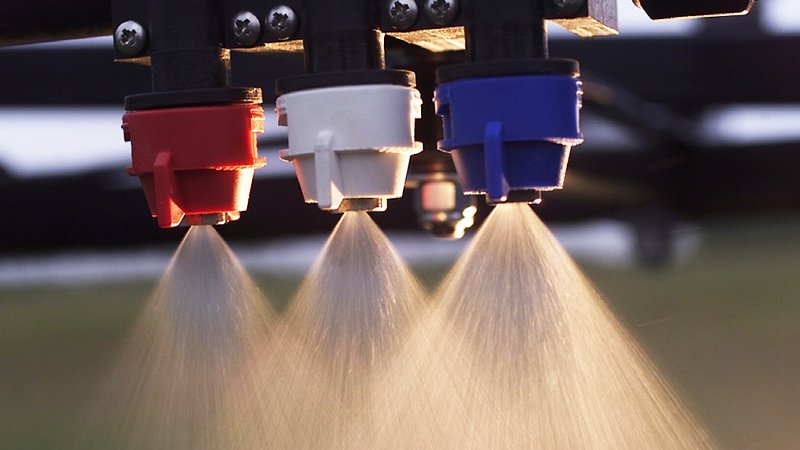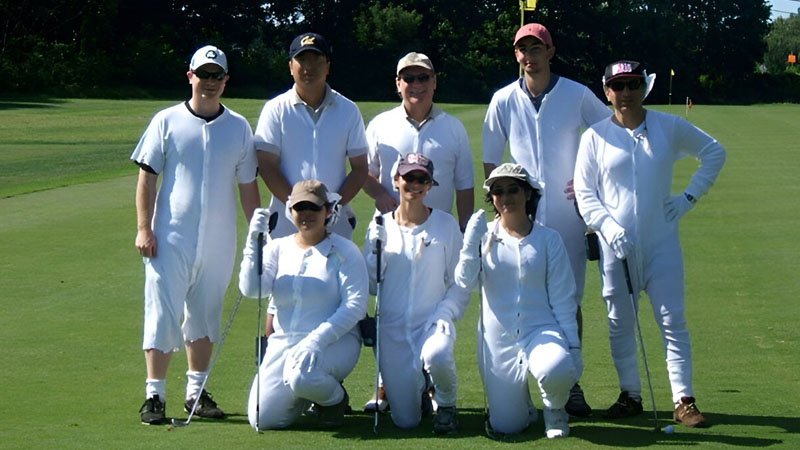
Much has been published and publicized about the dangers of chemicals used on golf courses. A newly published study by researchers at the University of Massachusetts has come down on the side of safe and responsible pesticide use and the minimal effect that newer, low-use-rate products have on those who come into contact with them.
New York Gov. Kathy Hochul signed a bill in December that will eliminate the sale and use of neonicotinoids there by 2027. Several other states, including Connecticut, Maine, Maryland, Massachusetts, Nevada, New Hampshire, New York, Rhode Island and Vermont, have implemented partial or complete bans on neonics. Miami Beach as well as several cities in California, including Santa Rosa, Sonoma and Thousand Oaks are just a few of several nationwide that prohibit the use of glyphosate on city-owned property.
What has been missing from virtually all of these decisions has been any supporting scientific research backing up claims of the dangers of these chemistries. Instead, all that seems to be needed to have many common chemical products banned from golf courses, parks, school yards or any other public landscape is a well-organized public relations campaign and baseless lawsuits.
A recent University of Massachusetts study showed that four commonly used chemistries in turf did not present a risk to those who were exposed to them for a prolonged period shortly after application.
In the study, eight volunteers played golf on a simulated course just one hour after four chemistries — cyfluthrin, chlorothalonil, MCPP-p and 2,4D — had been applied to the turf at the highest label rate. The players were outfitted, half in long pants and gloves and half in shorts, in specially designed cotton clothing and air samplers designed to pick up samples from the turf and particulates in the air.

Although the study was conducted to examine golfer safety to prolonged exposure to pesticides, the extended proximity to turf applied only an hour earlier is certainly applicable for those in the maintenance side of golf.
The study was conducted by the UMass team of Jeffery Doherty, Raymond Putnam, Barbara DeFlorio and John Clark. Results were published in the March 14 edition of Agricultural Science Technology, an American Chemical Society publication.
After the volunteers finished playing golf, Clark et al measured pesticide residues on the dosimetry suits and air samplers and found that the hand and lower legs picked up the most residue while airborne residues contributed little to exposure. The test subjects also submitted urine samples, and the team found that the golfers' exposure indicated little risk to the four pesticides used in this study.
The results were consistent with a similar study by Clark and others in 2008 that was published in the Journal of Agricultural and Food Chemistry.
The risk associated with cyfluthrin was much less in 2024 than other pesticides tested in the 2008 study, leading researchers to conclude that newer low-use products are safer than those they replaced.

